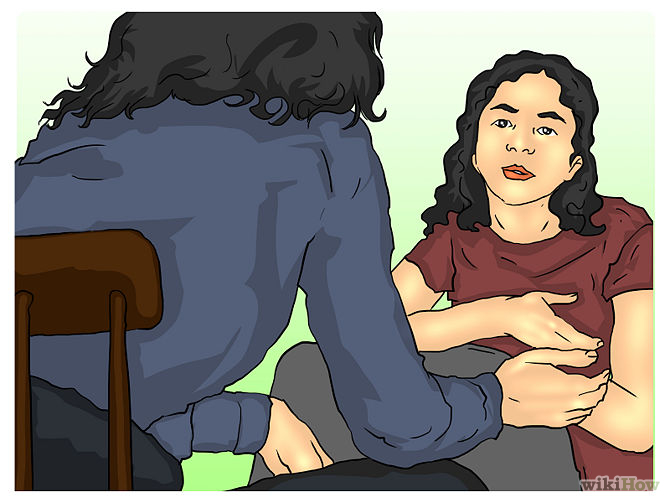After having written my undergraduate dissertation on depictions on Mexican First Ladies in political cartoons, I gained some insight into what it means to be a woman portrayed in editorial cartoons. Despite how funny political cartoons may be, they might also carry very strong messages, and these are often gendered.
Political cartoons are a powerful medium because, although they are not news, they facilitate the delivery of specific messages. Political cartoons work in two ways: they reflect particular ideas and/or aspects of pop culture, and they influence the audience’s own views. Due to their simple approach (drawings and funny dialogue), they are often more accessible than regular newspaper coverage or even TV.
Yet, because political cartoons tend to be a safe mode of expression, they can easily become influenced by gendered stereotypes. This is not because cartoonists are evil misogynists (although some might fit this description), but because they need to connect with particular cultural-accepted views on gender and gender relations. Women are treated differently than men, in that they tend to be taken less seriously, they rarely have agency, they are often hyper-sexualized and many times examined under a “virgin-whore” framework.
When it comes to Muslim women as represented in political cartoons catered to non-Muslim Western audiences, a few prevalent themes can be easily identified. I tend to collect political cartoons of Muslim women, posted on Facebook and elsewhere online. The themes I mention in this post are pretty representative of many other cartoons out there, and the images included here are just a sample. Muslim women seem to look the same, and usually wear hijabs, niqabs and/or abaayas (the blacker, the better!) When it comes to the niqab in political cartoons, it tends to serve the purpose of deleting the women’s presence, voice and agency. This resonates with the idea that niqabi women are already oppressed, so why depict them with an agency that they do not have?
Another theme present in political cartoons is the prevalent attention to Muslim women’s bodies. While Western women (such as female politicians) tend to be hyper-sexualized through sexy clothing, over-done makeup, and high heels, Muslim women are hyper-sexualized through the cartoonists’ obsession with their “exotic” way of covering. This reflects the “covered vs. uncovered” dichotomy that is often discussed in the Western media where uncovering is equated with freedom and covering with oppression (see Sex and the City 2). It is also commonly expressed that Muslim women’s bodies are not their own, but someone else’s (like the state, their male relatives, secular and religious institutions, or the media).
Muslim women are not only “the other,” as we have explored in a previous post, but they are only a source of objectification and appropriation. Let me explain. Depictions of Muslim women in recent political cartoons serve mainly two purposes: they are political commentary (on terrorism, “barbarism,” extremism), and they are also a resource in the politics of fear. Muslim women are drawn in a way that encourages distrust and that alerts the observer. They are shown as hiding something behind all that clothing; therefore, they are a security concern. In an era of securitization, this is a very powerful commentary.
In addition to being scary beings, Muslim women are also shown as both weak and oppressed subjects (often by men) that have to be exposed to the Western ideal of freedom. Nonetheless, despite their weakness, they must also be controlled (we don’t want the extremists getting them first!) Both of these themes discourage the audience from thinking critically about Muslim women and encourage fear, rage or simply mockery.
Muslim girls in political cartoons in the West are rarely agents. They are rather characters that serve a secondary purpose. They are either behind men (sometimes with multiple children), ridiculed by Western characters, or carrying bombs. They are rarely depicted saying anything smart or “liberating.” They are also portrayed as hyper-religious, which makes them the object of jokes in highly “secularized” political cartoons.
So how are we doing in political cartoons? Very often, cartoons are gendered and present very particular, sometimes even racist, views on what Muslim women as “the other” look like. What is more, Muslim women are largely just the shadow in the picture that makes an important political commentary about males in either the West or the East, even when discussing issues relevant to women. Although there some Muslim women cartoonists like Omayya Joha and Nigar Nazar, political cartoons in major Western papers are male, and women cartoonists are often treated as the other (which would make it even harder for a Muslim woman cartoonist, a “double-other,” to enter the field).
Is this the way Muslim women continue to be presented and explained to Western audiences, through the eyes of mainly white Western men? And what are the consequences of this? Depiction of Muslim women in the Western media and much of the internet are highly problematic. We do not only face the same problems as non-Muslim women in editorial cartoons, but we also face the post 9/11 era. Perhaps it is time for more skilled artist sisters to step up and present a different, non-monolithic view on Muslim women!
“>
Cartoon “Escaping the Burqa by Dario Castillejos via cartoonmovement.com.
Eren Arruna Cervantes is a university student who focuses her research on politics of gender and women in organized religions. She aspires to engage in Shariah studies and to work with women’s organizations. You can read about her adventures as a new Muslim at her blog. This article was originally posted on Muslimah Media Watch on Patheos.





1 Comment